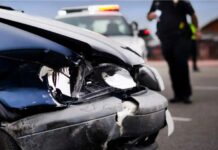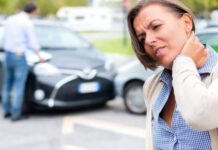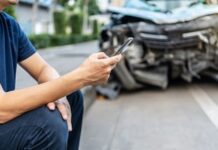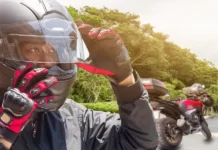If you or someone you know has been injured in a T-Bone accident, it is important to understand who is at fault. In most cases, the driver of the vehicle that caused the accident is at fault. However, there are a few exceptions. For example, the cyclist riding in the opposite direction of the traffic may be at fault if you were hit while riding your cycle following the rules.
Factors that can contribute to a T-bone accident.
A T-bone accident is a type of car accident that occurs when the front end of one car collides with the side of another car. This type of accident often leads to serious injuries because the drivers and passengers are hit with tremendous force on the sides of their cars. Several factors can contribute to a T-bone accident, including speeding, drunk driving, and distracted driving.
While many factors can contribute to a T-bone accident, driver error is often the cause. In most cases, the driver who failed to yield the right of way is at fault.
The Pedestrian: What should pedestrians do to avoid being hit by a car?
In the United States, a pedestrian is killed every two hours and injured every eight minutes due to a car accident. Pedestrians should follow these tips to avoid being hit by a car:
- Be visible: Use bright colors during the day and reflective materials at night.
- Avoid distractions: Do not use your phone or listen to music while walking.
- Stay on sidewalks when possible: If there is no sidewalk, walk facing traffic.
- Do not cross in the middle of the block: cross at intersections whenever possible.
- Watch for cars turning: Even if you have the right-of-way, always be aware of cars turning onto your street.
Personal injury lawyers: How can they help you?
If you have been in a t-bone accident, you may be wondering if you have a personal injury case and, if so, whether or not you should hire a lawyer. These Tampa car accident attorneys tell us a good attorney will investigate the accident and work with insurance companies to get you the best possible settlement. They will file your case in court if the negotiations are unsuccessful.
The Intersection: What can be done to make intersections safer?
One of the riskiest places to drive is at intersections. In 2014, there were over 214,000 crashes at intersections in the United States. These crashes resulted in over 7,000 fatalities and almost 150,000 injuries. While intersections can be dangerous for any type of driver, they are especially dangerous for bicyclists and pedestrians. Several things can be done to make intersections safer for everyone.
One way to make intersections safer is to redesign them so that they are more cyclist and pedestrian friendly. This could involve adding bike lanes or crosswalks or making the intersection bigger so that there is more room for people to cross the street.
Another way to make intersections safer is to increase the enforcement of traffic laws. This could mean increasing the number of police officers who patrol intersections or using cameras to catch drivers who run red lights or stop signs.
Technology: How has technology helped to prevent T-bone accidents?
There are many ways technology has helped to prevent T-bone accidents. One way is by using sensors to detect when a car is getting too close to another car. This allows the cars to adjust their speed automatically, so they will not collide. Another way technology has helped prevent T-bone accidents is by using cameras. These cameras allow drivers to see what is happening on the other side of the intersection, which can help them make better decisions about whether or not to cross.
Conclusion
One of the main reasons for the high number of T-bone accidents is that drivers often do not see each other until it is too late. To further reduce the number of T-bone accidents, we need to find a way to make drivers more aware of their surroundings. This can be done through education and enforcement.
Driver education should teach motorists how to look out for each other, and law enforcement should crack down on drivers who violate traffic laws.



































































